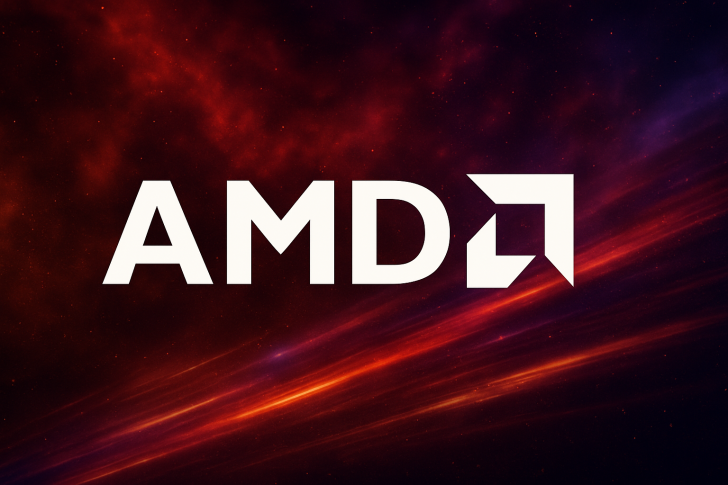The optimism stems from surging AI chip demand, a major OpenAI partnership, and expanded manufacturing capacity from TSMC. These factors position AMD to seriously challenge NVIDIA's dominance in the tech world.
Explosive Revenue Projections
Investor Mike recently sparked conversation with a striking forecast: Advanced Micro Devices could reach a $5 trillion market cap within the next few years. AMD's revenue trajectory looks increasingly aggressive. Initial FY25 projections of $34–36 billion could explode to $90–100 billion by FY26—representing roughly 185% year-over-year growth. This dramatic revision follows AMD's 6GW partnership with OpenAI, which fundamentally changed the company's growth outlook. What seemed like an ambitious $620 price target for 2026 now appears conservative given the scale of AI infrastructure demand. If these numbers hold, AMD could become the second-largest semiconductor company by market cap, trailing only NVIDIA.
What's Driving This Growth?
The OpenAI deal stands out as a game-changer, securing AMD a steady stream of revenue through advanced inference chip sales. CEO Lisa Su confirmed increased chip allocation from TSMC, backed by progress in CoWoS packaging capacity. Meanwhile, tech giants like Meta, Microsoft, Amazon, Google, and Oracle are incorporating AMD solutions into their data centers. AMD is also preparing to launch ROCm 7 and 8, software platforms designed to compete directly with NVIDIA's CUDA ecosystem while offering more cost-effective inference options.
Analysts had been projecting modest 15–18% annual growth for AMD, but massive GPU orders tell a different story. Meta's purchase of 250,000 AMD AI GPUs signals real enterprise confidence. The AI momentum and rapidly expanding customer base are shifting market sentiment decisively bullish.
Industry observers are calling this AMD's "J-curve moment"—that critical inflection point where AI adoption, strategic partnerships, and advanced chip architectures converge to drive exponential growth. With AMD's leadership expressing confidence in meeting global AI demand, the company appears poised for one of the most dramatic growth phases in semiconductor history.
 Saad Ullah
Saad Ullah

 Saad Ullah
Saad Ullah


